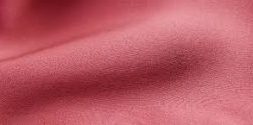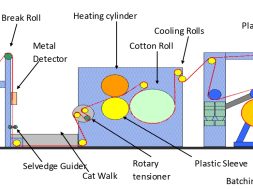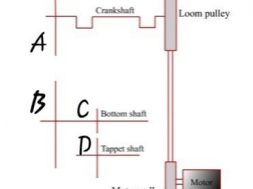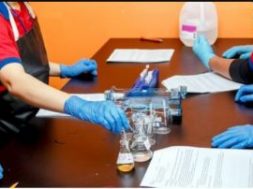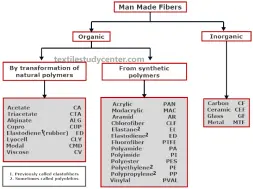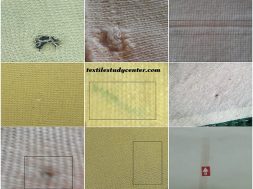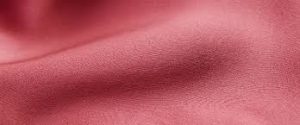
Damaged Analysis of Silk
30
0
Damaged Analysis of Silk
Reports on faults with silk fabrics are more common than would be expected from their share of the world fibre market (about 0.1%). One reason for this is that silk is particularly delicate. Mechanical treatment, especially in the wet state (dyeing and finishing as well as household laundering), causes irreparably abraded areas, the so-called blanched places. Defibrillation and splitting off of the silk filaments causes incident light to be scattered diffusely.
The silk lustre is no longer present, the fabric appears dull and lighter. This is particularly noticeable with dark dyeings. The abraded fibres can be identified in direct microscopy and even better in surface imprints. The same is true for silk lousiness (exfoliation), which is not actually a case of damage but does represent a quality problem. Silk lousiness is the term for pills formed from fine fibrils which become separated from the filaments of the silk. They are laid bare during degumming and during further processing they are twisted together into pills.165 Again they represent an aesthetical problem especially for dyed fabrics.

A further common type of damage in silk is alkali damage, which usually occurs during degumming, especially when fibre protective agents are not used. Typical mechanical and chemical damage during scouring has been described in the literature.166 According to Kornreich167 chemically damaged silk dissolves in cupriethylenediamine, whereas undamaged silk does not dissolve. Damage to silk by alkali was evaluated by determination of the content of amino groups by the ninhydrin method and by determination of the tensile strength.
Silk should not be washed with products that contain hypochlorite or proteases, which are recom- mended for cellulose textiles. Further typical forms of damage to silk and their analysis have been described by several authors.169–174 Mahall and Goebel have reported that the Pauly reagent as used in wool damage analysis can also detect mechanical and chemical damage to silk, al- though the silk fibre does not have a cuticle layer but only a thin fibroin sheath.5, 165 With silk the Pauly reaction thus has to be carried out for a short time and with cooling (1–2 min, ice-cooled). To help verify the results it is recommended that comparisons be carried out on undamaged silk and on silk with defined damage. In addition, before this analysis is made Bombyx mori silk has to be carefully checked to see if it is completely degummed, since residues of sericin are stained red in a similar way to damaged fibroin. Undamaged Bombyx mori silk is stained yellow. Degummed tussah silk is stained yellow-brown by the Pauly reagent and bleached tussah silk light orange, thereby indicating a slight degree of bleaching damage.
Copyright : Vikrant Babu
(30)
